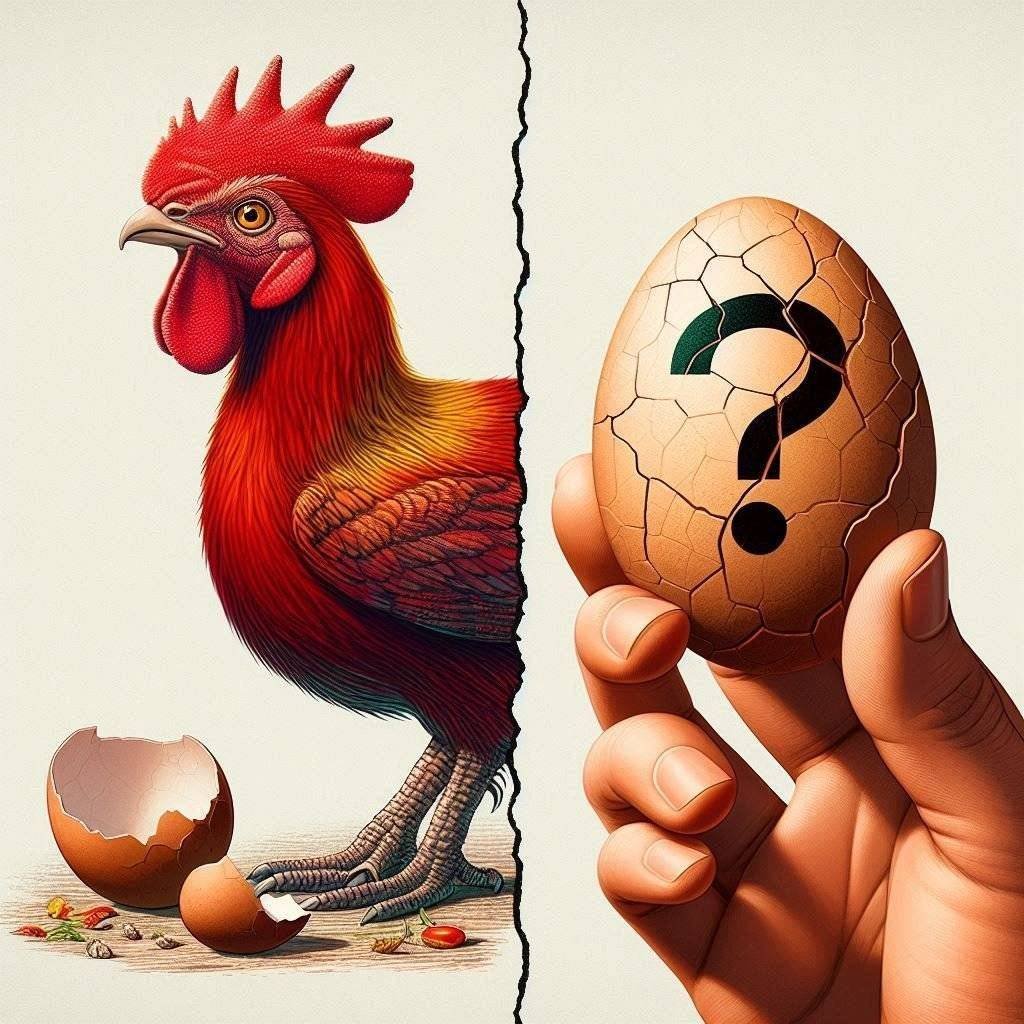Chess, a strategic board game enjoyed by millions worldwide, boasts a rich history, complex rules, and a surprising connection to literature. Delve into this captivating world with these intriguing facts:
1. From Ancient India to the Modern World: A Journey Through Time
Chess can trace its roots back to 6th century AD India, where it was known as Chaturanga. This early version featured similar gameplay elements but used different pieces. Over time, the game traveled to Persia (known as Shatranj) and eventually reached Europe, evolving into the chess we know today.
2. The Governing Body: FIDE Holds the Reins
Founded in 1924, the Fédération Internationale des Échecs (FIDE) acts as the international chess federation. This governing body oversees official chess competitions, establishes standards, and awards prestigious titles like Grandmaster.
3. The Value of Each Piece: Pawns to Kings
Each chess piece holds a specific value, helping players assess the situation on the board. Pawns, the most numerous pieces, hold the lowest value (1 point). Knights and Bishops follow at 3 points each. Rooks are more valuable at 5 points, while the powerful Queen reigns supreme with 9 points. The King, though invaluable in terms of gameplay (losing it means losing the game), holds no point value.
4. A Marathon Match: Testing the Limits of Endurance
The record for the longest official chess game belongs to a 1989 clash between Ivan Nikolić and Goran Arsović. This epic battle stretched an incredible 269 moves before ending in a draw. Imagine the focus and stamina required for such a lengthy contest!
5. Checkmate in Two Moves: A Fool’s Errand
For the strategically inclined, here’s a fun fact: the quickest possible checkmate, known as Fool’s Mate, can be achieved in just two moves by Black (assuming White makes specific opening blunders). The sequence goes: 1. f3 e5 2. g4 Qh4# – a swift and decisive victory!
6. Man vs. Machine: The Rise of Chess Computers
The concept of a computer playing chess might seem commonplace today, but the first chess-playing program actually dates back to 1951, developed by the legendary Alan Turing. However, it wasn’t until 1997 that a computer, IBM’s Deep Blue, managed to dethrone a human World Champion, Garry Kasparov, in a highly publicized match. This marked a turning point in the history of chess, showcasing the immense processing power of machines.
7. Keeping Score: The Language of Chess Notation
To accurately record chess games and analyze strategies, a standardized notation system exists. This system, known as Algebraic Notation, assigns each square on the board a unique coordinate (a1 to h8). Moves are then described using these coordinates and piece abbreviations, allowing players to recreate games and share strategies effectively.
8. A King’s Castle: The Special Move of Castling
Castling is a unique chess maneuver involving the king and a rook. It’s the only move where two pieces can be moved simultaneously and the only one (besides pawn promotion) where a piece moves differently than usual. Castling allows the king to find a safer position behind defensive rooks, enhancing its protection.
9. En Passant: A Special Pawn Capture
This interesting capture rule applies to pawns. Imagine a pawn moves two squares from its starting position, landing next to an opponent’s pawn that just moved one square. The opponent’s pawn can then capture the advanced pawn “en passant” (French for “in passing”) as if it had only moved one square. This rule adds another layer of tactical complexity to pawn movement.
10. A Stalemate: Neither Victor Nor Vanquished
A stalemate occurs when a player is unable to make any legal move, yet their king is not under direct attack (check). While the player isn’t in immediate danger, the inability to move results in a draw. This scenario can sometimes arise due to a lack of attacking opportunities or poor piece positioning.
11. Beyond the Classic Board: Exploring Chess Variants
The world of chess extends beyond the standard format. Numerous chess variants exist, each with unique rules and board setups, offering fresh challenges for experienced players. Some popular variants include Fischer Random Chess (Chess960), where starting piece positions are randomized, Three-Check Chess, where a player needs to deliver three checks to win, and Bughouse Chess, a wild team-based variant where captured pieces join the capturing player’s army.
12. The Pinnacle of Achievement: The Grandmaster Title
The prestigious title of Grandmaster (GM) represents the highest honor awarded by FIDE. It’s a lifetime achievement and requires players to demonstrate exceptional skill through consistent high performance in tournaments. This involves achieving specific rating thresholds, which are calculated based on tournament results. Becoming a Grandmaster signifies exceptional strategic thinking, tactical prowess, and a deep understanding of the game.
13. From Board to Page: Chess in Literature
Chess has transcended the confines of the chessboard and captured the imagination of writers for centuries. It appears in numerous literary works, often serving as a metaphor for life’s challenges and strategic decision-making. Lewis Carroll’s whimsical tale, “Through the Looking-Glass,” features a memorable game between Alice and the Red Queen. Walter Tevis’s novel, “The Queen’s Gambit,” explores the story of a young chess prodigy and her struggles. These are just a few examples of how chess has enriched the world of literature.
14. A Day to Celebrate the Game: International Chess Day
Chess enthusiasts around the world come together to celebrate their shared passion on International Chess Day, held annually on July 20th. This date coincides with the anniversary of FIDE’s founding. Chess clubs, schools, and organizations host tournaments, exhibitions, and educational events to promote the game and its many benefits. The United Nations even recognizes International Chess Day, highlighting its role in fostering education, peace, and cultural exchange.
15. The Enduring Allure of Chess: A Game for All Ages and Skill Levels
Chess offers a unique blend of strategy, tactics, and mental stimulation. It can be enjoyed by people of all ages and skill levels, from casual players looking for a fun challenge to aspiring Grandmasters seeking competitive glory. Chess not only entertains but also offers numerous cognitive benefits. Studies have shown that chess can improve memory, concentration, problem-solving skills, and critical thinking abilities. It can also foster discipline, sportsmanship, and a sense of fair play.
In Conclusion
Chess, with its rich history, strategic depth, and enduring appeal, continues to captivate minds across the globe. Whether you’re a seasoned player strategizing your next move or a curious newcomer eager to learn the ropes, there’s always something new to discover in the fascinating world of chess. So, why not dust off a chessboard, gather your friends and family, and embark on your own chess adventure? You might be surprised by the intellectual challenge and enjoyment it brings.



